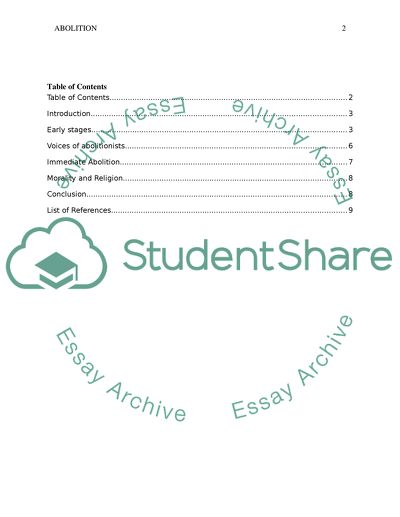Cite this document
(“Abolition Research Paper Example | Topics and Well Written Essays - 1500 words”, n.d.)
Retrieved from https://studentshare.org/history/1487998-abolition
Retrieved from https://studentshare.org/history/1487998-abolition
(Abolition Research Paper Example | Topics and Well Written Essays - 1500 Words)
https://studentshare.org/history/1487998-abolition.
https://studentshare.org/history/1487998-abolition.
“Abolition Research Paper Example | Topics and Well Written Essays - 1500 Words”, n.d. https://studentshare.org/history/1487998-abolition.


